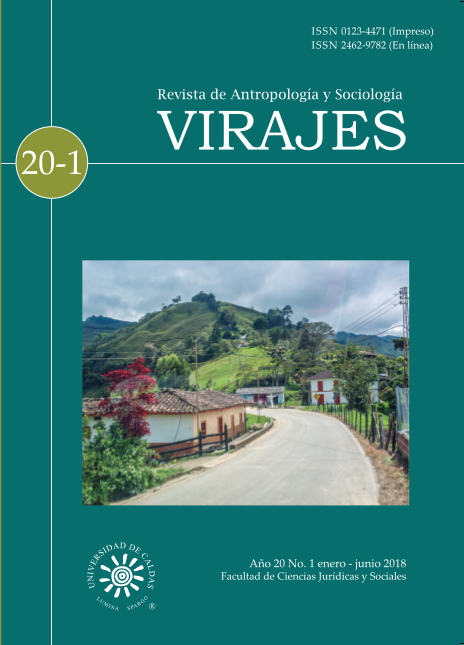Authors
Abstract
The article seeks to undertake an in-depth examination of the territorial and urbanistic thinking of Ildefonso Cerdà (the designer of Barcelona’s urban extension project and recognised as a key figure in the history of modern urban planning) based on the consideration of the meaning this designer attributes to the urbs and to urbanisation on the one hand, and to the rur and to ruralisation, on the other hand, the two main axes on which he built his general theory of the colonisation of the territory and of urban planning. In the context of a synthetic-qualitative methodology, the main source of information is Cerdà’s own work, specifically, the three-great works that make up his written legacy: General Theory of Urbanization, GTU (1867), Theory of City Construction, TCC (1859) and Theory of Urban Viability, TUV (1861). As a result, the general implications of his approach from a theoretical point of view but also from the perspective of its direct implementation in the transformation of the city of Barcelona (especially in the second half of the
nineteenth century and the first few decades of the twentieth century) are made visible. As a conclusion, the different levels and meanings with which Cerdà’s approach can be applied (especially at the territorial level, and in relation to the rur and ruralisation) are highlighted in the context of the challenges, problems and contradictions that arise today in everything that concerns the planning and management of the geographical space, either of rural, urban or rur-urban nature.
References
Cerdà, I. (1859). Teoría de la construcción de las ciudades aplicada al proyecto de reforma y ensanche de Barcelona. Reedición en 1991, dentro de volumen Cerdà y Barcelona. Madrid, España: Instituto Nacional de la Administración Pública, Ayuntamiento de Barcelona. Abreviatura: TCC.
Cerdà, I. (1861). Teoría de la viabilidad urbana y reforma de la de Madrid. Reedición en 1991, dentro del volumen Cerdà y Madrid. Madrid, España: Ministerio para las Administraciones Públicas, Ayuntamiento de Madrid. Abreviatura:TVU.
Fernández Ordóñez, J.A. (1994). Cerdà, utopía y pragmatismo. En A. Serratosa et al. (Coord.), Cerdà. Urbs i territori. Una visió de futur (catàleg de la mostra Cerdà). Barcelona, España: Ediciones Electa.García-Bellido, J. (2000). Ildefonso Cerdà y el nacimiento de la urbanística: la primera propuesta disciplinar de su estructura profunda. Scripta Nova. Revista Electrónica de Geografía y Ciencias Sociales, 61. Documento en formato HTML. Link: http://www.ub.edu/geocrit/sn-61.htm
Merlin, P. et Choay, F. (2010). Dictionnaire de l’urbanisme et de l’aménagement. Paris, France: Presses Universitaires de France.
Navas, T. (2009). Cerdà, perfil político y técnico del territorio. Ingeniería y Territorio: Revista del Colegio de Ingenieros de Caminos, Canales y Puertos, 88, 36-45.
Neuman, M. (2011). Ildefons Cerdà and the future of spatial planning. The network urbanism of a city planning pionner. Town Planning Review, 82 (2), 117-143.
Serratosa, A. (2006). Més enllà de l’urbanisme. Barcelona, España: Publicacions de l’Abadia de Montserrat.
Soria, A. (1979). Hacia una teoría general de la urbanización. Introducción a la obra teórica de Ildefonso Cerdá (1815-1876). Madrid, España: Ediciones Turner, Colegio de Ingenieros de Caminos, Canales y Puertos.
Soria, A. (1989). El territorio como artificio. Obra Pública, 11, 30-39.
Soria, A. (1999). Cerdà. Las cinco bases de la teoría general de la urbanización. Barcelona, España: Editorial Electa.
Tarragó, S. (2002). L’auca de la TGU. En A. Serratosa et al. (Coord.), Cerdà. Urbs i territori. Una visió de futur (catàleg de la mostra Cerdà). Barcelona, España: Ediciones Electa.
Tarragó, S. (2007). Ildefonso Cerdà visto por Javier García-Bellido. Aproximación a un encuentro. Arquitectura, Ciudad y Entorno, 1 (3), 48-59.
VV.AA (1999). Cerdà: pionero del urbanismo moderno. Madrid, España: Ministerio de Fomento.

 PDF (Español)
PDF (Español)
 FLIP
FLIP



















